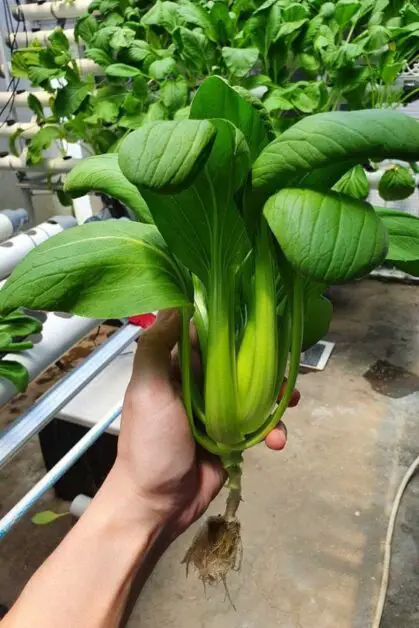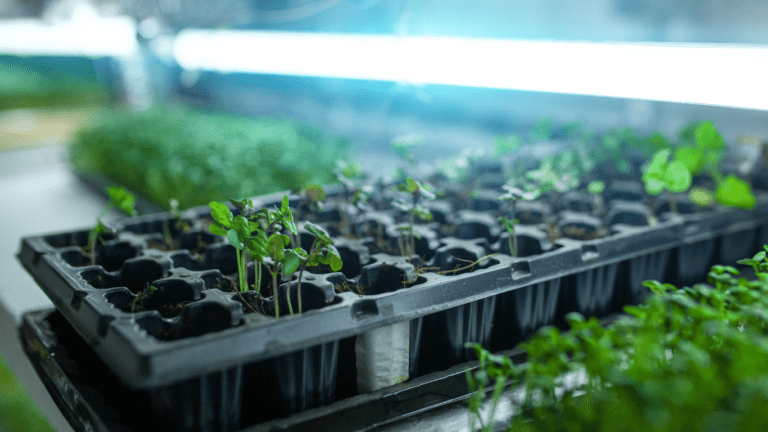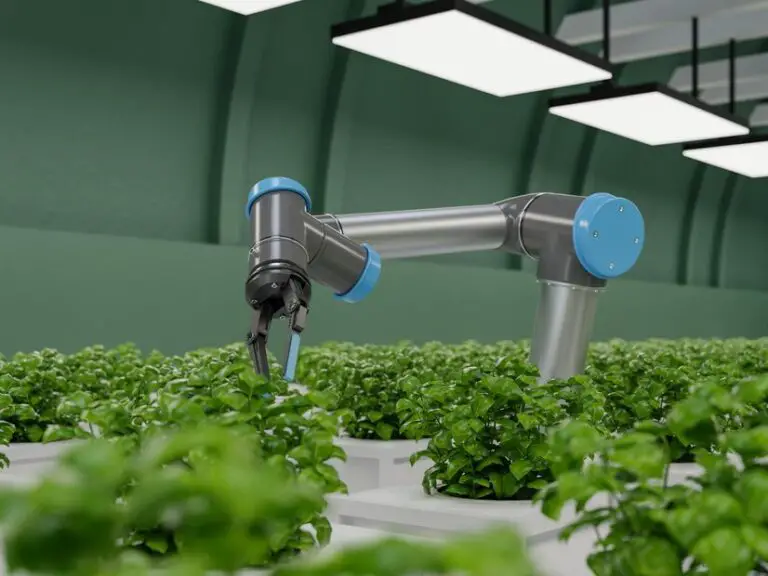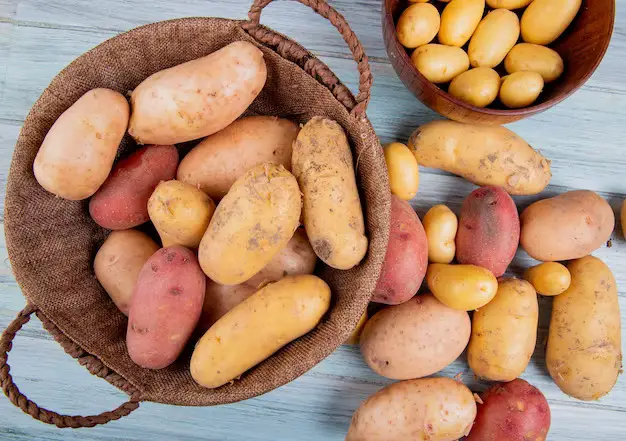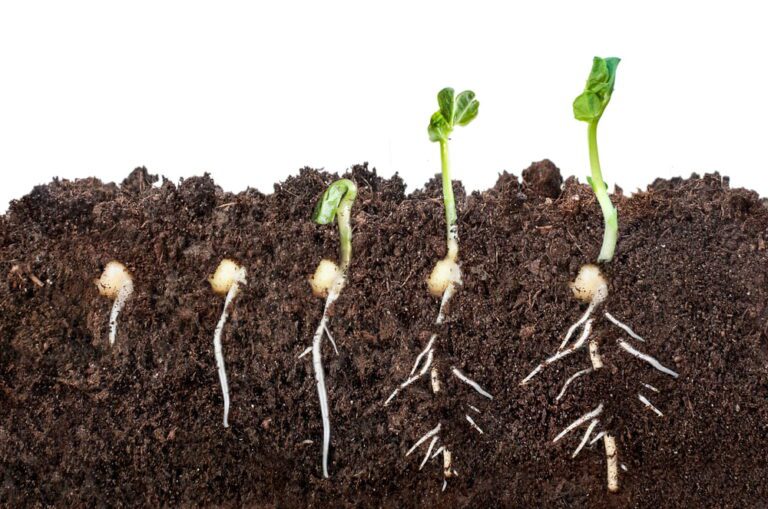Step-by-Step Guide to Growing Bok Choy with Hydroponics
Table of Contents
Setting up the Hydroponic System:
When it comes to setting up a hydroponic system for growing bok choy, there are a few key factors to consider. The first step is to choose a suitable hydroponic system that meets the specific requirements of bok choy. There are several types of hydroponic systems to choose from, including nutrient film technique (NFT), deep water culture (DWC), and vertical systems. Each system has advantages and disadvantages, so it’s important to evaluate your space and resources before deciding.
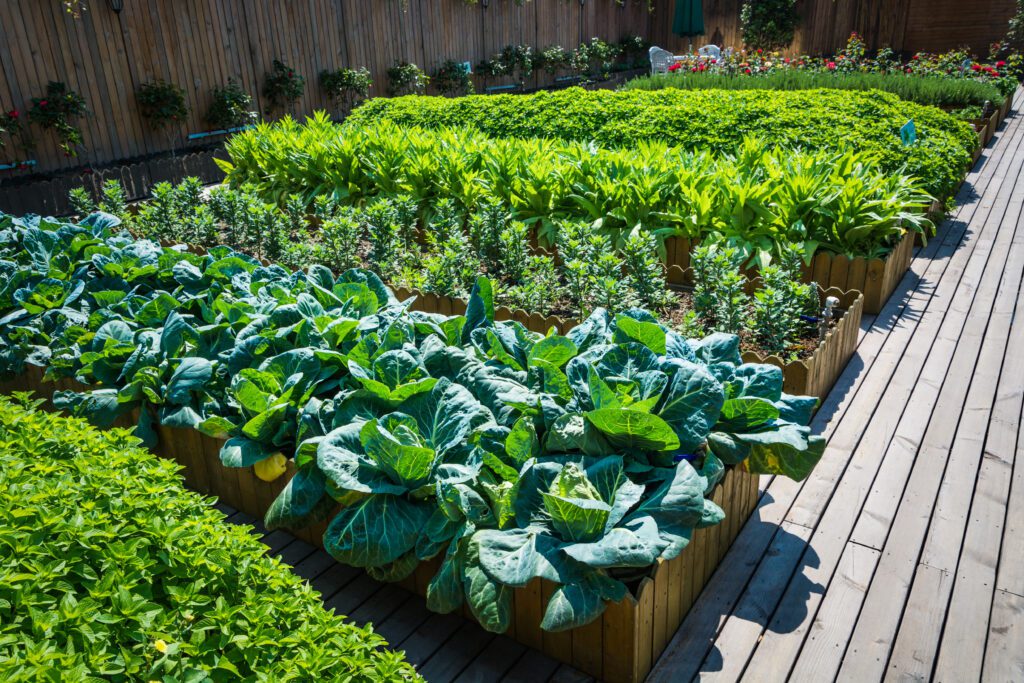
Once you’ve selected the right hydroponic system, the next step is to ensure that you have a well-balanced nutrient solution for the bok choy plants. Bok choy requires a specific set of essential nutrients to thrive, including nitrogen, phosphorus, potassium, calcium, magnesium, and trace elements. It’s important to understand the nutrient ratios and pH levels necessary for optimal growth, as any imbalance can hinder the plants’ development and productivity. Taking the time to prepare a nutrient solution that meets these requirements will help ensure healthy and vigorous growth for your bok choy crop.
Create a suitable hydroponic system that meets the requirements of growing bok choy. Explore the various types of hydroponic systems suitable for bok choy and choose the one that fits your space and resources.
When it comes to growing bok choy hydroponically, selecting the right hydroponic system is crucial for ensuring optimal growth and development. Several types of hydroponic systems can effectively support the growth of bok choy, each with its own set of advantages and considerations.
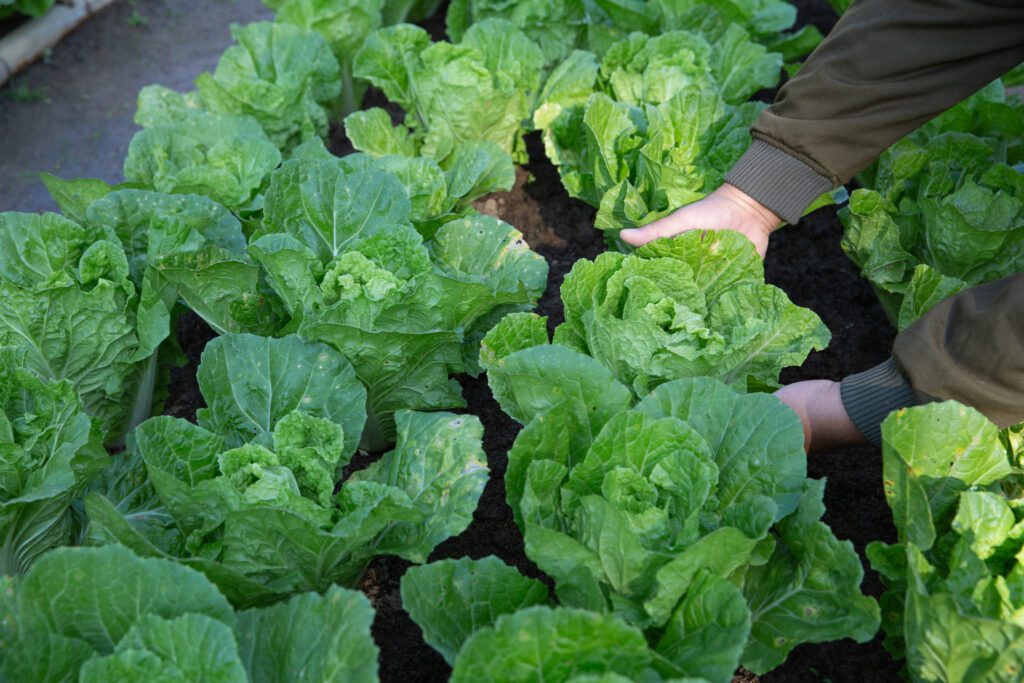
One popular option is the nutrient film technique (NFT) system, which involves a thin film of nutrient-rich water flowing continuously over the plant roots. This system provides a steady supply of nutrients and oxygen to the bok choy plants, promoting healthy growth. NFT systems are also known for being space-efficient and versatile, making them a great choice for gardeners with limited space.
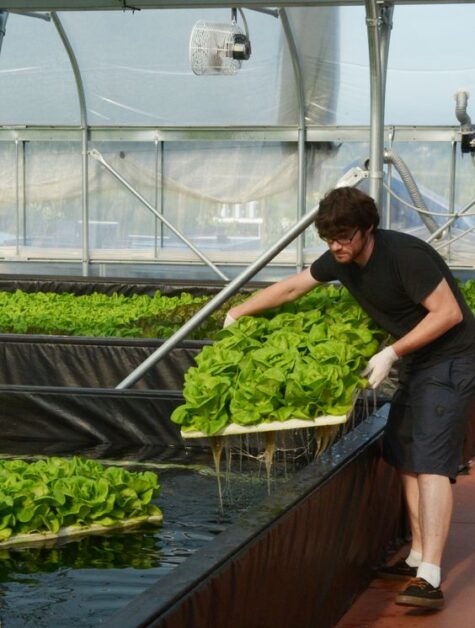
Another option to consider is the deep water culture (DWC) system, where the bok choy plants are suspended in nutrient-rich water. This system allows for ample access to oxygen and nutrients, resulting in rapid growth and high yields. DWC systems are relatively easy to set up and maintain, making them an ideal choice for beginner hydroponic gardeners.
Whichever hydroponic system you choose, it is important to consider factors such as space availability, budget, and personal preferences. By selecting the right hydroponic system, you can create an environment that meets the specific requirements of growing bok choy, setting the stage for a successful and rewarding gardening experience.
Preparing the Nutrient Solution:
When preparing the nutrient solution for your hydroponic bok choy system, it is crucial to understand the essential nutrients required for optimal growth. Bok choy, like other leafy greens, requires a well-balanced nutrient solution consisting of macro and micronutrients.
The primary macronutrients needed for bok choy include nitrogen (N), phosphorus (P), and potassium (K). Nitrogen is crucial for leafy growth, while phosphorus promotes root development and overall plant strength. Potassium helps with disease resistance and enhances the overall quality of the plant. It is important to use a nutrient solution that provides these macronutrients in the appropriate amounts for your bok choy’s growth stage.
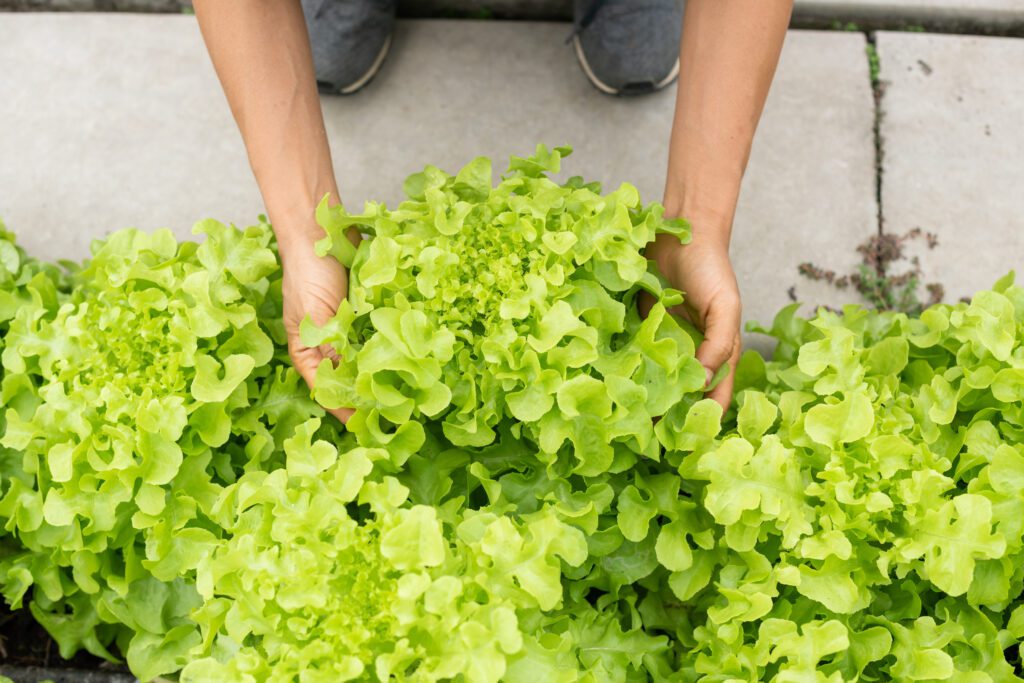
In addition to macronutrients, bok choy also requires micronutrients such as calcium (Ca), magnesium (Mg), iron (Fe), and others. These micronutrients are essential for various physiological processes in the plant, including photosynthesis, enzyme activity, and overall nutrient uptake. It is essential to maintain the correct ratios of these micronutrients to avoid deficiencies or toxicities that can hamper plant health and growth.
To determine the optimal nutrient ratios for your bok choy, consult a reputable hydroponic nutrient guide or seek advice from a horticulture expert. Maintaining proper pH levels is equally important, as it affects nutrient availability and uptake. Bok choy prefers a pH range between 6.0 and 6.5 for efficient nutrient absorption. Regularly monitor and adjust the pH levels of your nutrient solution to ensure optimal growth and avoid nutrient deficiencies.
As you prepare your nutrient solution for bok choy, gather accurate measurements and keep a record of the nutrients added. This will help you maintain consistency and make adjustments as needed. Remember, providing your bok choy with a well-balanced nutrient solution is crucial for healthy growth and optimal yields.
Learn about the essential nutrients required for bok choy and create a well-balanced nutrient solution. Understand the nutrient ratios and pH levels necessary for optimal growth.
To ensure optimal growth and a successful hydroponic system for growing bok choy, it is essential to understand the essential nutrients required and create a well-balanced nutrient solution. Bok choy, like other leafy greens, has specific requirements that must be met for healthy growth.
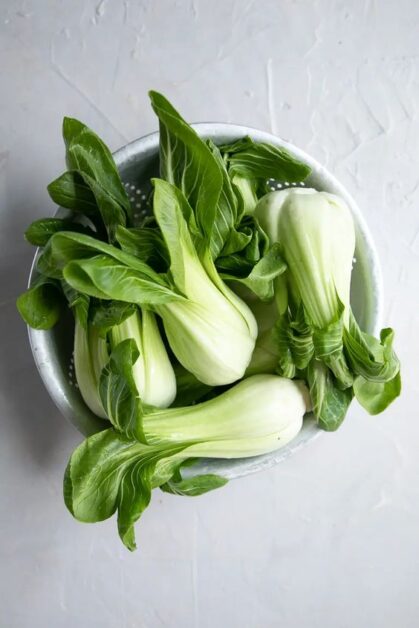
Bok choy requires a nutrient solution that provides a balanced supply of macronutrients and micronutrients. The macronutrients needed are nitrogen (N), phosphorus (P), and potassium (K), which are essential for overall growth and development. Additionally, bok choy thrives when supplied with micronutrients such as calcium (Ca), magnesium (Mg), iron (Fe), and manganese (Mn). These micronutrients play crucial roles in specific plant processes, including photosynthesis and nutrient uptake.
Bok choy, a type of Chinese cabbage, requires specific nutrients for optimal growth. A well-balanced nutrient solution typically includes essential macronutrients, micronutrients, and the right pH levels. Here’s a table outlining the essential nutrients, ratios, and pH levels for bok choy:
| Nutrient | Function in Plant Growth | Recommended Concentration (ppm) | Macronutrient Ratios | Micronutrients | pH Level |
|---|---|---|---|---|---|
| Nitrogen (N) | Essential for leaf and stem growth, overall plant development | 150-250 | 3:1:2 (N:P:K) | Boron (B), Iron (Fe), Manganese (Mn), Zinc (Zn) | 6.0-7.0 |
| Phosphorus (P) | Promotes root development, flower, and fruit production | 50-80 | |||
| Potassium (K) | Aids in overall plant health, disease resistance | 150-200 | |||
| Calcium (Ca) | Essential for cell wall structure and plant stability | 100-200 | |||
| Magnesium (Mg) | Critical for chlorophyll formation and energy transfer | 50-100 | |||
| Sulfur (S) | 3:1:2 (N:P: K) | 20-40 |
To create a well-balanced nutrient solution, it is important to understand the ratios of these nutrients that bok choy needs. For example, the N-P-K ratio, also known as the nutrient ratio, is commonly expressed as a series of three numbers, such as 10-5-5. This ratio indicates the proportion of nitrogen, phosphorus, and potassium in the fertilizer. Different growth stages of bok choy may require varying nutrient ratios, so it is vital to monitor and adjust the nutrient solution accordingly.
In addition to nutrient ratios, the pH level of the solution is also crucial for optimal growth. Bok choy thrives in a slightly acidic to neutral pH range of 6.0 to 7.0. Monitoring and adjusting the pH level of the nutrient solution is vital to ensure the availability and uptake of essential nutrients by the plants. Using a pH testing kit or a digital pH meter can help maintain the ideal pH level for bok choy’s nutrient absorption and metabolic processes.
By understanding the essential nutrients required and creating a well-balanced nutrient solution with appropriate nutrient ratios and pH levels, you can provide the ideal conditions for bok choy’s growth and maximize its yield in your hydroponic system.
Germinating Bok Choy Seeds:
To successfully germinate bok choy seeds, it is important to provide the ideal conditions for their growth. Start by selecting high-quality seeds from a reputable source to ensure a higher chance of successful germination. Bok choy seeds are typically small and round, ranging in color from light to dark brown.
Before sowing the seeds, it is advisable to pre-soak them in water for about 24 hours. This process helps soften the seed coat and encourages faster germination. After soaking, place the seeds on a damp paper towel or cloth and fold it over to cover them. Keep the towel moist by spraying it with water periodically. Within a few days, you should start to see the seeds sprouting small white roots.
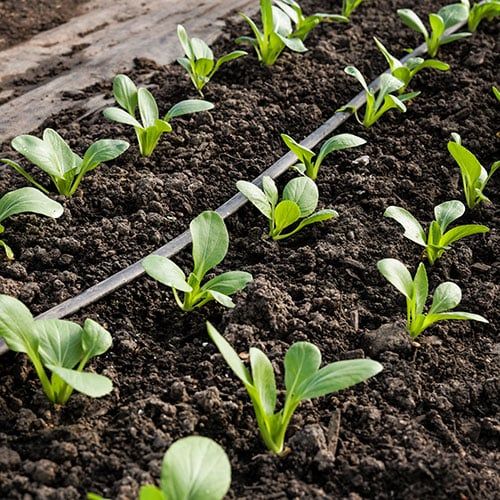
Once the seeds have sprouted, it is time to transfer them to a suitable medium for further growth. One popular option is to use rock wool cubes or starter plugs, which provide excellent moisture retention and aeration. Gently insert the sprouted seeds into the pre-made holes in the cubes or plugs, ensuring that the roots are in contact with the growing medium. Place the cubes or plugs in a tray or container with drainage holes, and keep them in a warm and well-lit area. Mist the cubes or plugs with water regularly to maintain moisture levels and promote healthy growth.
Germinating bok choy seeds is just the first step in the hydroponic growing process. As the seedlings continue to develop, it is crucial to monitor their progress and provide them with the necessary care and nutrients. Soon, you will witness the transformation of these tiny seeds into vibrant bok choy plants, ready to thrive in your hydroponic system.
Start the germination process by selecting
To start the germination process for bok choy, it is important to select the seeds that will be used carefully. Look for high-quality seeds from a reputable supplier to ensure strong and healthy seedlings. Bok choy seeds are typically small and black or brown.
After acquiring the seeds, it is beneficial to pre-soak them before sowing. Fill a container with room-temperature water and place the seeds inside. Allow them to soak for about 24 hours. This process helps to soften the seed coats and promote faster germination.
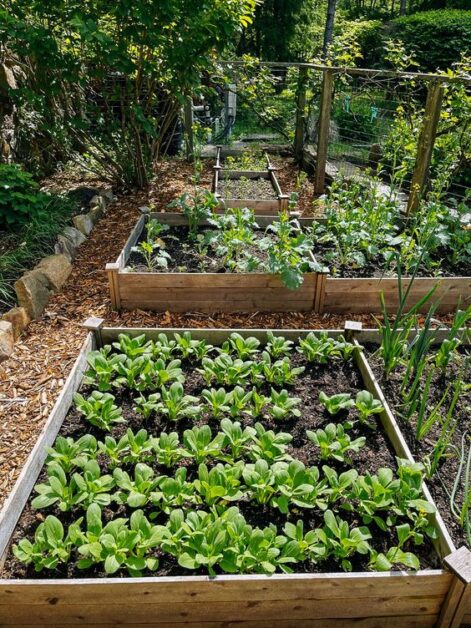
Once the seeds have been pre-soaked, they can be sown into a germination medium. Hydroponic systems often use rock wool cubes or trays filled with a sterile and well-draining medium such as perlite or vermiculite. Gently press the pre-soaked seeds into the medium, ensuring they are covered by a thin layer of the medium. Proper spacing between the seeds is essential to prevent crowding and competition for resources as they grow.
Maintaining proper moisture levels is crucial for successful germination. Keep the medium evenly moist but not overly wet. Excess moisture can lead to fungal growth and rot. It is also vital to provide a suitable environment for germination. Most bok choy seeds require a temperature range of 65-75°F (18-24°C) for optimal germination. A warm and well-lit area, such as a greenhouse or indoor growing space, can provide the ideal conditions.
By following these steps and providing the appropriate conditions, the germination process for bok choy seeds can be started successfully. The next stage will involve caring for the seedlings and ensuring they have the necessary nutrients for healthy growth.
What are the different types of hydroponic systems suitable for growing bok choy?
There are several types of hydroponic systems suitable for growing bok choy, including nutrient film technique (NFT), deep water culture (DWC), and vertical hydroponic systems.
What nutrients does bok choy require for optimal growth?
Bok choy requires essential nutrients such as nitrogen, phosphorus, potassium, calcium, magnesium, and trace elements like iron, zinc, and manganese.
How do I create a well-balanced nutrient solution for growing bok choy?
To create a well-balanced nutrient solution, you need to understand the nutrient ratios and pH levels required for optimal growth. Consult a hydroponics expert or refer to a nutrient solution calculator for precise measurements.
What is the ideal pH level for germinating bok choy seeds?
The ideal pH level for germinating bok choy seeds is around 6.0 to 6.5. Maintaining the proper pH level is crucial for nutrient absorption and overall plant health.
How long does it take for bok choy seeds to germinate?
Bok choy seeds typically take around 7-10 days to germinate. However, temperature, moisture, and seed quality can affect the germination time.
Should I soak bok choy seeds before germination?
Soaking bok choy seeds before germination is not necessary, but it can help speed up the germination process. Soaking them for 24 hours in water can soften the seed coat and promote quicker germination.
What is the optimal temperature for germinating bok choy seeds?
The optimal temperature for germinating bok choy seeds is between 70-80°F (21-27°C). Providing consistent warmth within this range can enhance germination rates.
Do bok choy seeds require light during germination?
Bok choy seeds do not require light during germination. They can be germinated in a dark environment, such as a covered tray or germination dome until the seedlings emerge.
Can I use a heating mat to maintain the temperature for germinating bok choy seeds?
Yes, using a heating mat is a common practice to maintain a consistent temperature for germinating bok choy seeds. Ensure that the heating mat is set to the appropriate temperature range for optimal germination.
How often should I water bok choy seeds during germination?
It is important to keep the growing medium moist but not waterlogged during germination. Water the bok choy seeds whenever the top layer of the growing medium feels dry to the touch.

Kanike Sreekanth, a prolific writer at SouthElMonteHydroponics, brings a unique blend of creativity and scientific rigor to the table. With a degree in Horticulture from a prestigious institution, Kanike’s expertise spans hydroponic farming, plant biology, and agricultural sustainability. Their passion for exploring innovative cultivation methods and promoting environmental stewardship drives them to uncover new insights in the realm of hydroponics. Kanike’s writing serves as a conduit for sharing their knowledge and inspiring others to embrace alternative farming practices for a more sustainable future.

